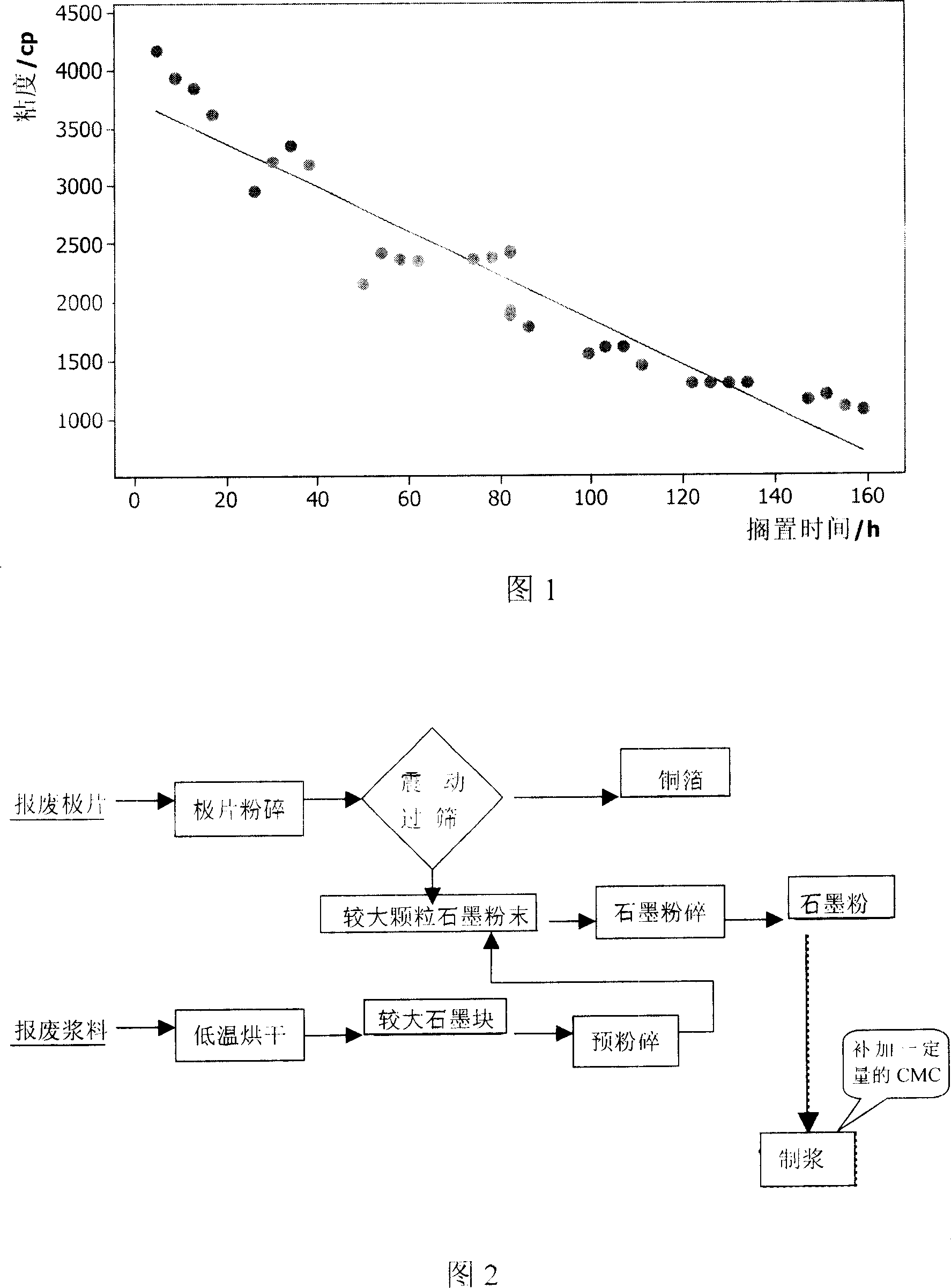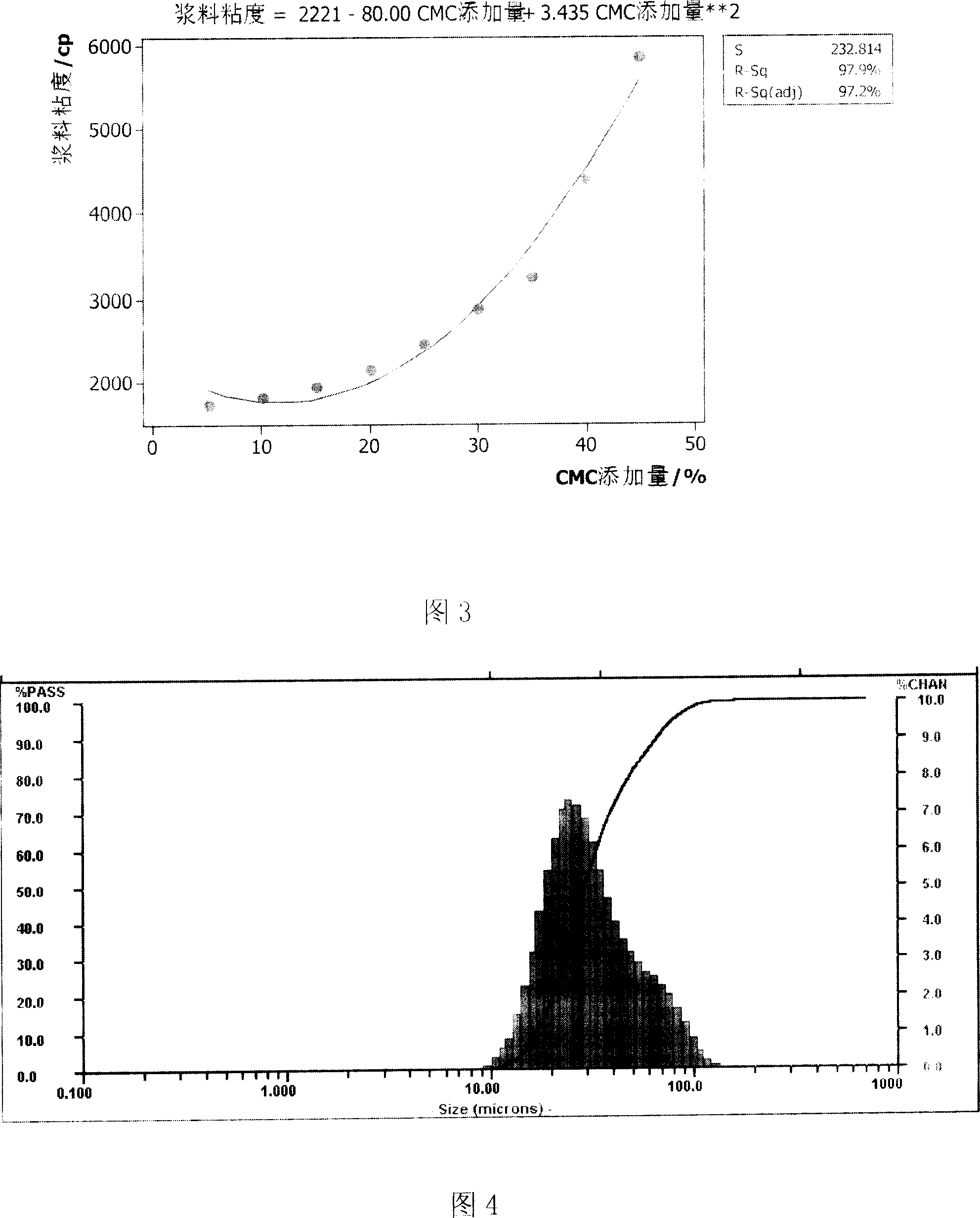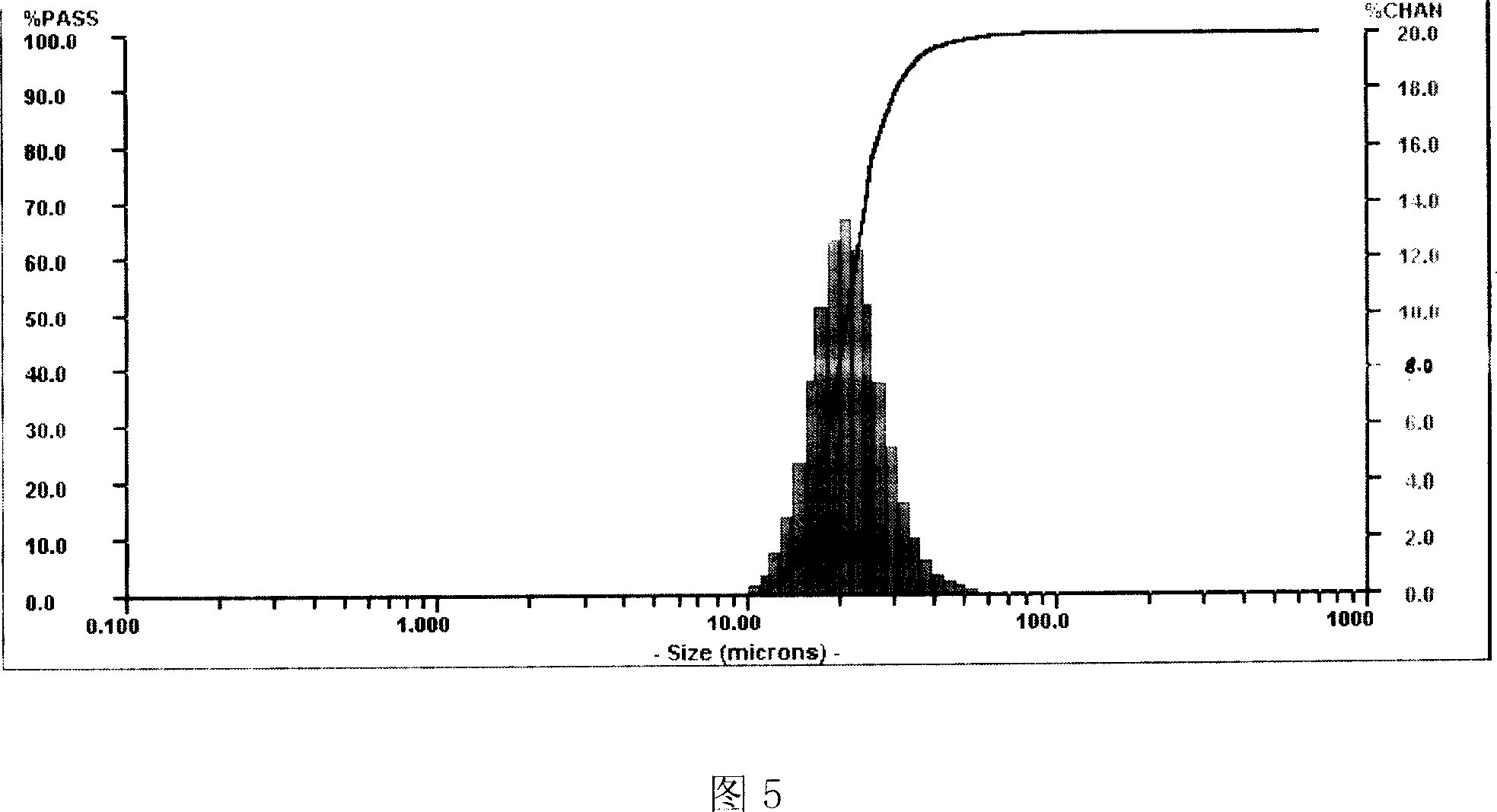Method for recovering battery negative material
A technology of battery negative electrode and recycling method, applied in battery recycling, recycling technology, waste collector recycling and other directions, can solve problems such as unfavorable mass production, temperature rise, low solid content of slurry, etc., to eliminate potential safety hazards and save money Manufacturing costs, the effect of smooth production process
- Summary
- Abstract
- Description
- Claims
- Application Information
AI Technical Summary
Problems solved by technology
Method used
Image
Examples
Embodiment Construction
[0020] The method for recycling battery negative electrode materials of the present invention includes the recycling of scrapped pole pieces and scrapped negative electrode slurry. Now take the recycling of specific lithium-ion battery anode materials as an example, as follows:
[0021] Please refer to Figure 2. First of all, the scrapped negative electrode (including leftovers) is subjected to the "electrode crushing" step. This step uses a rotary knife crusher to physically crush the electrode. After crushing, small pieces of about 15-20mm square are obtained. The small pieces pass In the "vibrating sieving" step, the sieve for vibrating sieving is 60-200 mesh. The material on the screen in the vibration sieving step is copper foil, and the obtained under-sieve material is the active material of the negative electrode. The particle size of the active material is relatively large (as shown in Figure 4). The working step adopts planetary ball mill ball milling. The time of b...
PUM
| Property | Measurement | Unit |
|---|---|---|
| Mesh | aaaaa | aaaaa |
Abstract
Description
Claims
Application Information
 Login to View More
Login to View More - R&D
- Intellectual Property
- Life Sciences
- Materials
- Tech Scout
- Unparalleled Data Quality
- Higher Quality Content
- 60% Fewer Hallucinations
Browse by: Latest US Patents, China's latest patents, Technical Efficacy Thesaurus, Application Domain, Technology Topic, Popular Technical Reports.
© 2025 PatSnap. All rights reserved.Legal|Privacy policy|Modern Slavery Act Transparency Statement|Sitemap|About US| Contact US: help@patsnap.com



